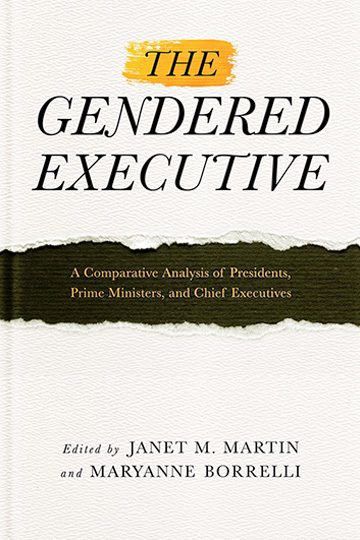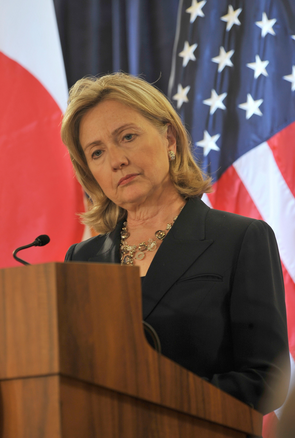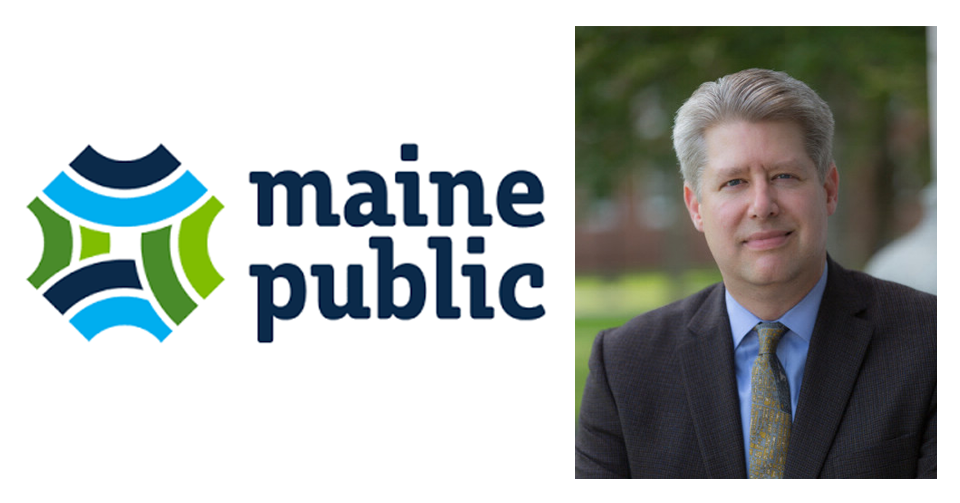Janet Martin Discusses New Book, 'The Gendered Executive'
By Tom Porter
The Gendered Executive: A Comparative Analysis of Presidents, Prime Ministers, and Chief Executives (Temple University Press, 2016) is a collection of thirteen essays examining the impact that female executives have had, and are having, on political life both in the United States and beyond. The book was edited by Bowdoin Professor of Government Janet M. Martin and Connecticut College’s MaryAnne Borrelli, who also both contributed essays. “Change is coming,” they write in the introduction, “It may even be arriving.” They go on to point out how, after being excluded for generations, “women are now exercising power as chiefs of government and chiefs of state. As of April 2016,” we are informed, “112 women in 73 countries have served as presidents or prime ministers.”
Bowdoin News spoke to Janet M. Martin about The Gendered Executive.
What is the overall aim of this book?
The book is designed to introduce gender into discussions about political leadership, particularly here in the US, where, unlike in a number of other countries, a woman has yet to become president. Themes of identity, representation, and power organize the chapters. This book examines the American presidency in the context of political leaders elsewhere and looks at some of the similarities and differences. In part, the book lets us better understand how identity has long been a major factor in how we look at presidents.
Why focus on gender or any kind of identity in politics? Shouldn’t we be more concerned with policies?
It is easy to say that, but identity and policy are intertwined. In 2008, Hillary Clinton’s campaign ran ads indicating she would be ready for the tough foreign and defense policy decisions that can arise in the middle of the night, in response to questions asking whether she could be Commander-in-Chief. In 2016, those questions had disappeared during the nomination contest. Yet, Hillary Clinton has come under intense scrutiny regarding whether she’s physically strong enough to be president. Even though she is the nominee of a major party, having won a grueling nomination contest, and a real contender for the presidency, some people are still unsure about the prospect of a female president. Republican nominee Donald Trump questioned her “stamina” and her “presidential look” in the first presidential debate.
How significant has Barack Obama’s presidency been in tackling issues like race and gender?
In the same way that Hillary Clinton has helped bring gender issues to the forefront of discussions, Barack Obama is doing the same for race. We have a much better understanding of Barack Obama from analysis done in several of the book’s chapters. Obama brought race to the forefront in a way that has not been done too much before, although it was quite late in his presidency before he fully addressed the issue. There wasn’t really much discussion on his part about race until after the shootings in Charleston, SC, in June 2015, when Obama delivered his historic eulogy for one of the victims. That was a dramatic moment in his presidency. The intersectionality of race and gender is evident in President Obama‘s words and actions.

Obama has been less motivated by the gender issue, however. One chapter in the book talks about a speech he gave at Morehouse College, a historically black, all-male, liberal arts college in Atlanta, GA. In his address, Obama talked about the “Morehouse Man,” and how it really is upon the men in the black community to be the leaders and play a strong role in moving African Americans upward economically and socially. Obama’s mentoring program, My Brother’s Keeper, is similarly focused on young, black males. When it comes to helping females, the President’s attitude has tended to be to let his senior adviser Valerie Jarrett handle things as chair of the White House Council on Women and Girls. Michelle Obama has also played an important role in addressing gender issues during the presidency. The President himself, however, does not talk about gender in the same way he talks about race.
Are issues of identity and gender more important in this election than ever before?
I think they’re more visible, but that’s not to say they haven’t been prominent in the past. If you go back to the 1990s, for example, when Hillary Clinton was First Lady, one of the big issues, albeit a seemingly trivial one, was the pantsuits that she wore, and her dress and appearance continue to be discussed today. That has everything to do with identity and gender, and nothing directly to do with politics.
How much of the book is about American politics and the role of Hillary Clinton?
The timing of the book might lead you to think it has a lot to do with Hillary Clinton. She is featured in several chapters, especially focusing on her role as Secretary of State, but she is by no means the focus of the book. We have six chapters that focus exclusively on the American presidency and six looking at, and comparing, political leaders in other countries. The United States is also included in this part of the book, in comparison with other nations.

Yes, I would say the book is optimistic, in part because a lot of change has happened, and there are a lot of women presidents and leaders around the world. Even though the US still hasn’t had a woman leader, Hillary Clinton, as Secretary of State, did make progress on issues relating to gender equality through some foreign policy programs, in a way that John Kerry has continued. One chapter focuses on the work she did in making “gender equality and women’s empowerment as… central components of US diplomatic and development strategy.” I also think the book encourages people to think differently about issues of gender and identity in politics. For example, my chapter looks at the US Presidency and is subtitled Are Women’s Rights Human Rights? “Human Rights” is a term normally only used by American politicians with regard to foreign policy. We rarely use those words to refer to the rights of women in terms of domestic policy (even though several presidents have said that “women’s rights are human rights” when talking about international issues). I argue that this impedes the progress of women within the United States. It also makes it harder for the United States to advocate for human rights on the international stage, because critics can point to Washington’s less-than-perfect track record when it comes to gender equality.



